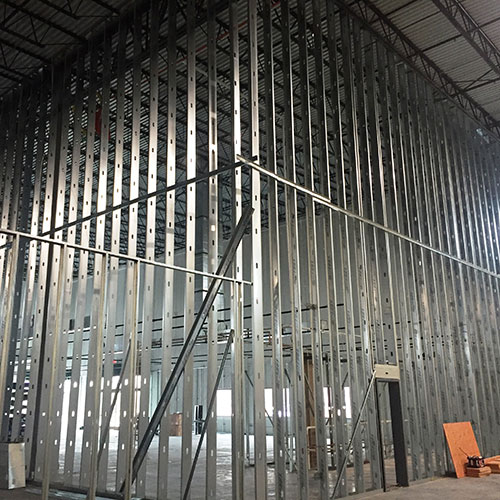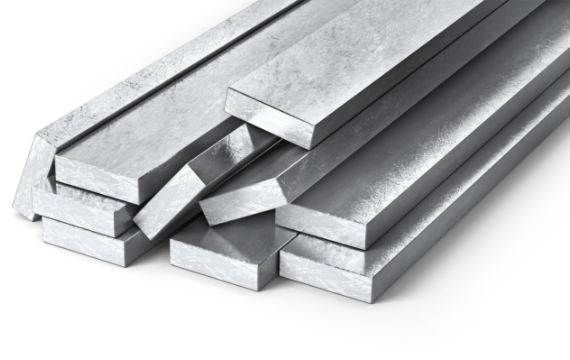

Steel buildings are a symbol of modern architecture. Carbon Steel is the third most popular construction material after concrete and timber. Steel is crucial in the development of the economy of a nation and is considered as the backbone of human civilization. Development of iron and steel in construction is an important milestone in architecture.
Using steel in construction offers several advantages: it is structurally sound, has a high strength-to-weight ratio, easy to mould into design due to its flexibility, is very durable and cost effective. These characteristics of steel make it ideal for building all types of structures. Let’s take a look at how engineers and architects came to depend on steel for constructing buildings of all shapes and sizes.
Introduction of steel in world architecture:
Use of steel as construction material started almost as soon as the innovation of steel happened. It came to prominence as railroads became a popular mode of transport. In the 1800s, there were three forms of ferrous metals in use: Wrought Iron, Cast Iron and Steel. Wrought iron which is now considered mostly as a metal to make decorative pieces, was a commonly used building material in the Victorian era. Cast iron, as we know, is strong but brittle and was not appropriate for building structures. And steel in those days was expensive to produce, so was used in the making of high-end items like watches, swords, and scythes.
In the mid 1800’s, Sir Henry Bessemer of England, made the production of steel more efficient. The Bessemer method gave steel a good tensile strength. Still, wrought iron continued to be the more favourable choice for iron-based construction in that period.
By 1879, inventor Sidney Thomas discovered a method to remove phosphorous from steel, which increased its quality and its possibilities. This meant that steel could finally be less expensive, and hence its production grew rapidly with consistency in quality maintained.
Around that time, the Great Chicago Fire destroyed thousands of timber buildings in the area. The authorities responded by creating stricter building regulations, which required non-combustible materials like brick, stone, marble, and limestone, for construction. Other building solutions were cast iron and wrought iron paired with brickwork. But as man evolved, so did design and style of construction, and pioneers started to explore the idea of using steel to build tall structures.
The ‘Home Insurance Building’ in USA, completed in 1885, was a 10-story building documented as the first structure to use steel skeleton frame with reinforced concrete. But it weighed only one-third of what a traditional masonry building would, so, the city officials halted construction to investigate its safety. They were surprised to find that the construction was in good shape.
The Rand McNally Building, again in USA, built in 1890 is recognized as the first all-steel framed skyscraper. It was designed by Burnham and Root; it stood ten stories tall and cost 1 million dollars.
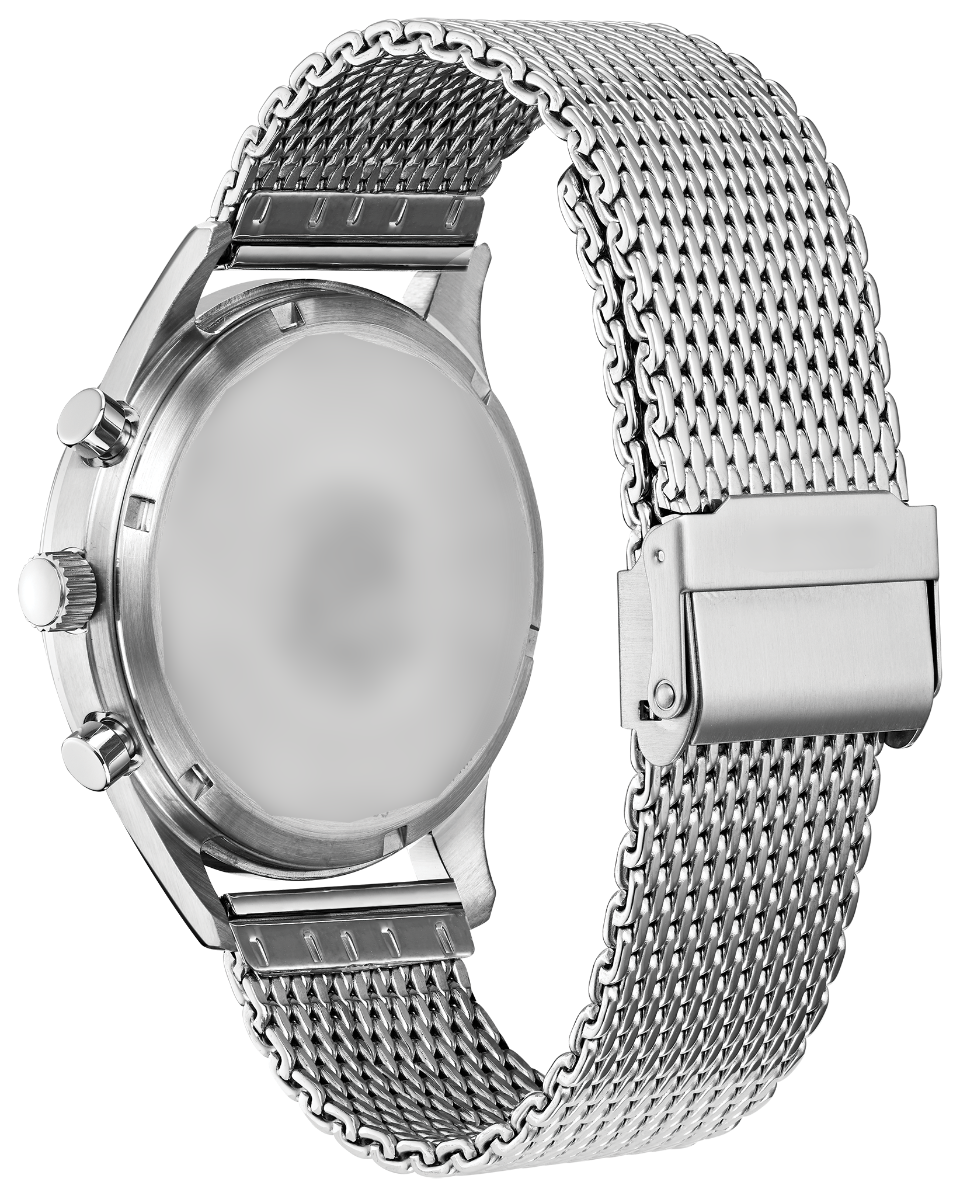
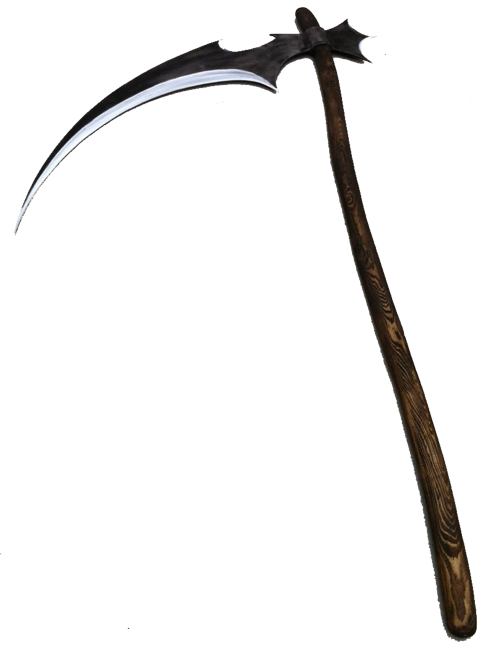
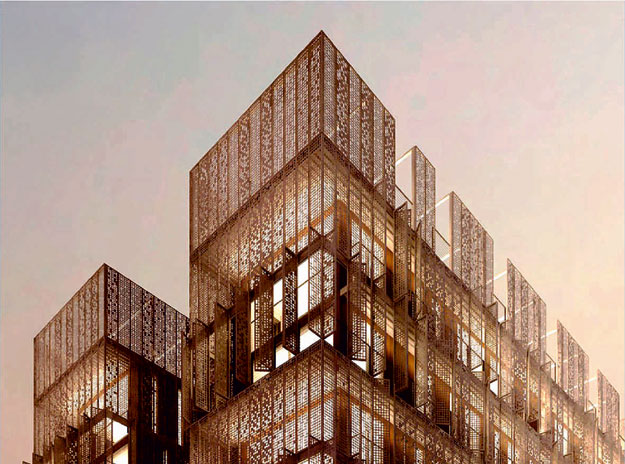
Living Steel Restello, Kolkata
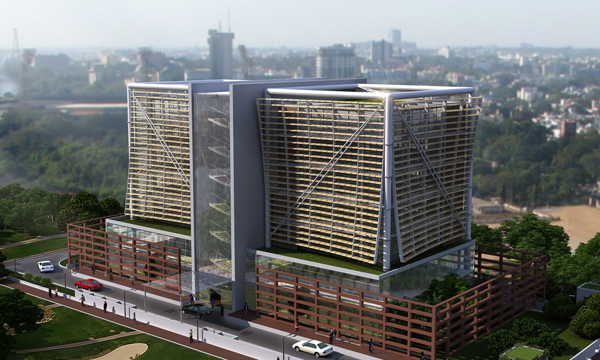
Volvo Eicher Building, Gurgoan
Advent of Steel in India:
Living Steel Restello, the steel apartment in Kolkata, by architects Piercy Conner & Winner, represents the highest standards in steel design and construction.
The World Architecture Award winning Volvo Eicher Building by Romi Khosla in Gurgoan, an open plan commercial office space, is a testament to the versatility of steel. A true state-of-the-art building which uses least amount of energy and resources in its day to day functioning.
India has made a positive progress in the evolution of steel as a construction material. Most renowned and experienced architects & engineers have come to rely on steel for heavy duty as well as beautiful structural construction because of its many advantages. It can be said that steel gives the inner strength that a strong building requires.
That Inner Strength in steel is achieved through a continuous and consistent effort made in its innovation and Sunvik stands as a representative of that consistent effort. So, when making a choice for your construction, choose the TRUE TMT with the ultimate Inner Strength that keeps the building going strong forever.
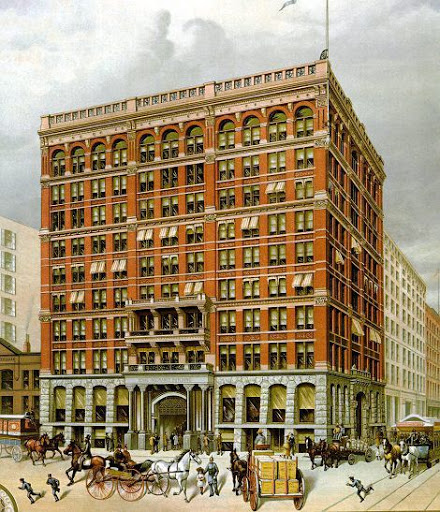
Home insurance Building, Chicago
